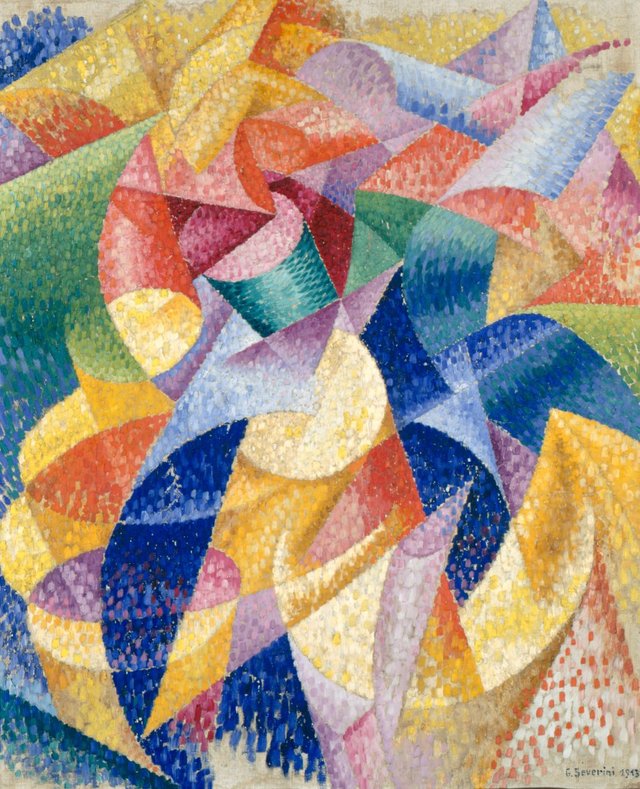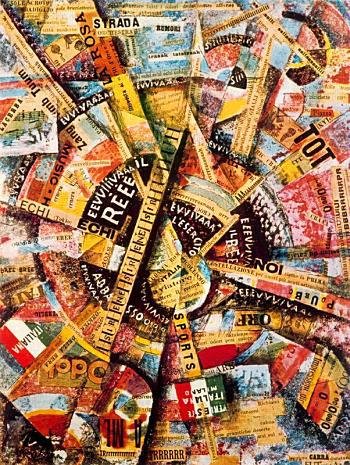Something valuable: Art History - Futurism

One of my love is art, especially Avant-Garde, which included many movements in the beginning of 20th century. No other movement admired so much the technological advancement of the era as the futurists.
Futurism was the most important Avante Garde movement before the World War I, that was launched in Italy in 1909 by Marinetti. Parallel movements were also established in Russia, England and many other parts of the world. It was one of the only global movements not to have its roots in Paris, which might help to explain why it was not as popular in France as it was in other regions of the world. Futurism was all about the energy and spirit of the modern world, particularly where science and technology were concerned.
It emphasized speed, technology, youth, and violence, and objects such as the car, the train, the aeroplane, and the industrial city.

This ideology featured all types of art, however; the movement was grounded in literature before it was accommodated in practically every medium including architecture, cinema, and music. Most proponents of the movement were artists and painters who produced remarkable works of art for the modern society. The movement was founded by Filippo Tommaso Marinetti, an Italian writer who first introduced the movement in an Italian newspaper.
Progression
The movement was extremely aspirational although its contributions were not as revolutionary as its proponents expected.
The followers of this movement worshiped progress above eberything else and were proponents of scientific discovery and technological innovation. The futurists were fascinated by problems of the future and produced their paintings in a manner that would evoke all manner of sensations from the audiences. Unlike other art movements, the feelings went beyond what was visible to the eye to include the noise, heat and even the smell of the future. They loved machines and the possibilities of industrialization.

At the time that Futurism became popular, chronophotography was the IN thing; it was the precursor of cinema and animations that allowed images to be displayed in succession. This technology was an important influence on the movement as artists often strived to show elements of movements in their paintings, which encouraged the production of art with pulsating qualities.
The movement also influenced sculptures heavily as the main and only sculpturist in the movement Umberto Boccioni even came up with his own futurist painting sculpture manifesto known as Plastic Dynamism.
Such artists contributed to this movement as:
Umberto Boccioni, Carlo Carrà, Giacomo Balla, Gino Severini, Luigi De Giudici, Natalia Goncharova

source 1
source 2
photo 1 The Cyclist (1912-13), N.Goncharova
photo 2 Mare = Ballerina (1914), G.Severini
photo 3 Interventionist Manifesto (1953-54), C.Carra
@originalworks
@OriginalWorks Mention Bot activated by @coinkingz. The @OriginalWorks bot has determined this post by @coinkingz to be original material and upvoted it!
Do you like what @OriginalWorks is doing? Give it an upvote!
To call @OriginalWorks, simply reply to any post with @originalworks or !originalworks in your message!
For more information, Click Here!
Steemers love values, I can see. I'd rather put a nude girl here next time
Great results! Thanks for sharing